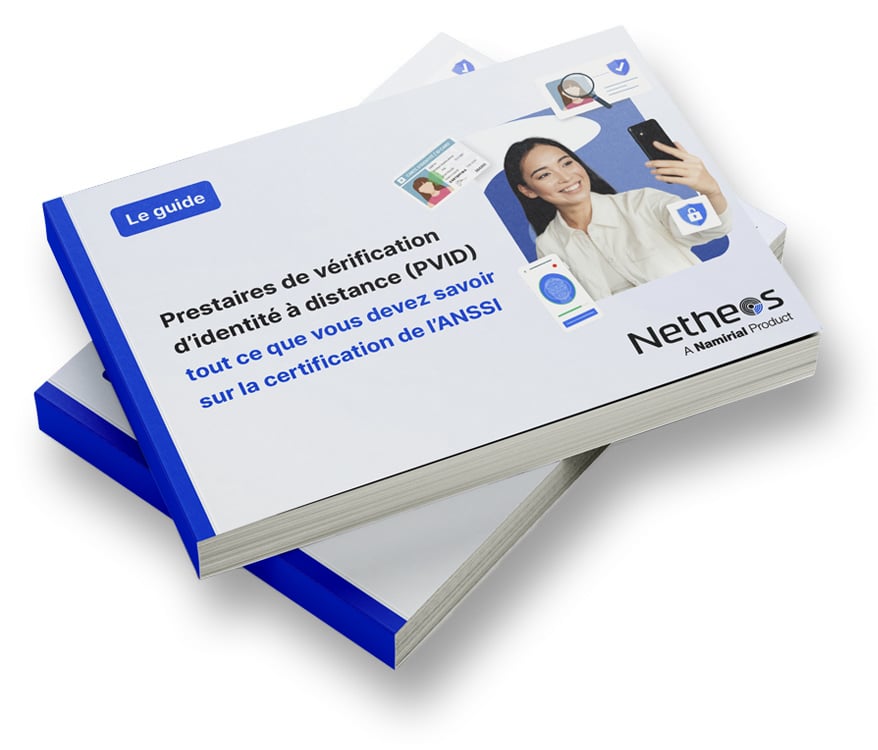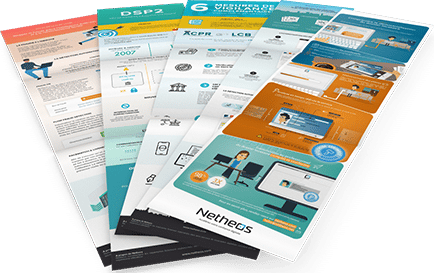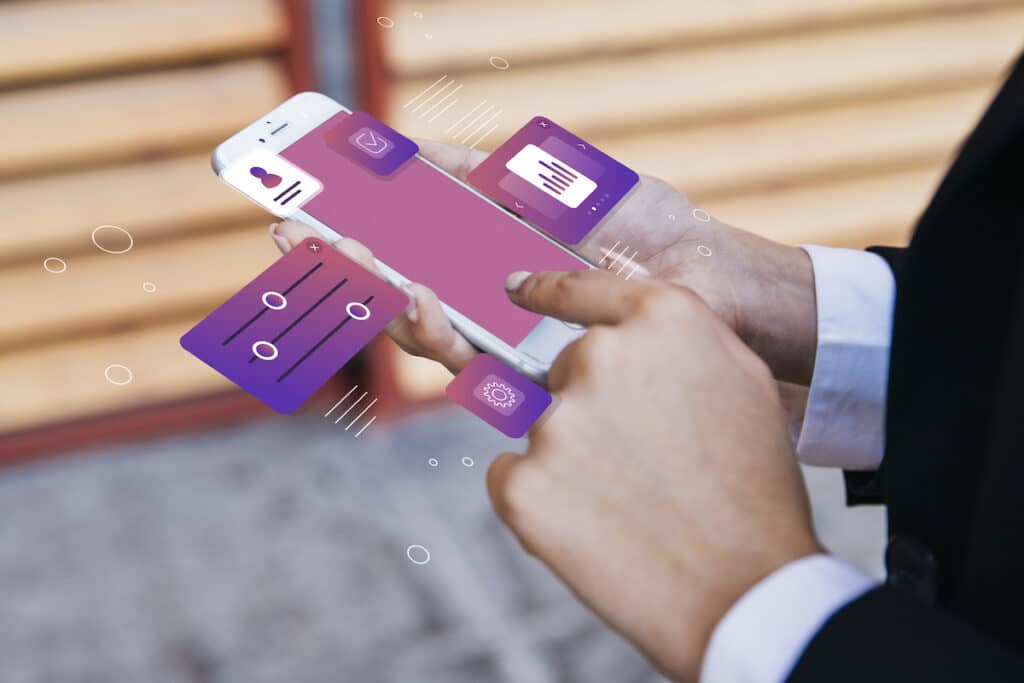The dematerialization of loan and credit contracts, i.e. the replacement of paper in favor of electronic signatures and the downloading of digitized documents, is changing the commercial relationship. It now takes place in real time and becomes personalized, interactive and multi-channel. With the paper process, there is no visibility into the status of the customer’s request. Once the contract is printed, the tunnel is long for the necessarily blind organization until the file is received by mail. The possible actions to make the sale succeed are limited and not very effective. Dematerialization allows real-time management of customer relations. This can be used to maximize sales during a telephone sales call.
It shortens the time between the initiation of the application by the customer and the final acceptance by the awarding team. With the paper process, due to postal delays, it takes 12 to 13 days on average for a loan contract. This time is reduced to less than 48 hours for 80% of digital files (source Netheos). It is therefore necessary to thoroughly review certain aspects of the sales process such as sales reminders.
At the same time, the computerization and automation of file checks simplify the day-to-day work of the granting teams.
Here are three examples of the impact of dematerialization on the business practices and activities of sales, marketing and procurement teams.
Distance selling by telephone
During a telephone sales call, once the caller has agreed to subscribe to a new product, dematerialization and electronic signature allow the sale to be finalized immediately.
A click in the customer area or on a link received by email allows the user to instantly access the online contracting interface. The advisor can then accompany his client, at least until the first supporting document is downloaded. He will then be able to follow his progress in real time and contact him by email if necessary.
Commercial reminders
(source : Seewhy.com)
With contracting times of less than 48 hours for 80% of the files, sales reminders must be adapted to maximize their effectiveness.
It is possible to draw a parallel between abandonments in the context of digital contracting and those of baskets in the context of online sales. Studies show that more than 90% of abandonments become final after one hour if no follow-up is done. But if the request is made less than 24 hours after the initiation of the request, the conversion rate of these abandonments is 26%.
It is therefore necessary to favor reminder channels such as email, SMS and telephone.
Another aspect of the paperless process is to further improve the efficiency of dunning. In contrast to the paper process, the stage at which the customer has stopped is known and this makes it possible to send him a targeted reminder.
A grant integrated into the commercial relationship
Thanks to the electronic signature which makes the contract unforgeable, to the automatic recognition and reading of documents which ensures an on-the-fly control of the file, the rates of non-compliance, incompleteness, errors and attempts at fraud drop significantly.
The consequence is a considerable saving of time for the granting teams who can thus concentrate on high value-added business controls and in certain cases go so far as to extend their mission by taking part in the commercial action. Indeed, if an incompleteness or a particular case is detected during the control of the file, the advisor can send in real time an email to the client asking him to submit an additional document to complete his file.
As the boundary between approval and commercial functions is becoming more and more blurred, it is interesting to see the implementation of dematerialization as an opportunity to rethink the organization of the different teams.
Beyond the known benefits of dematerialization (increase in the transformation rate, cost reduction, simplicity, etc.), it leads to changes in the customer relationship that must be taken into account by the sales, marketing and operational teams via an adapted change management plan.
Register
Register
Register










